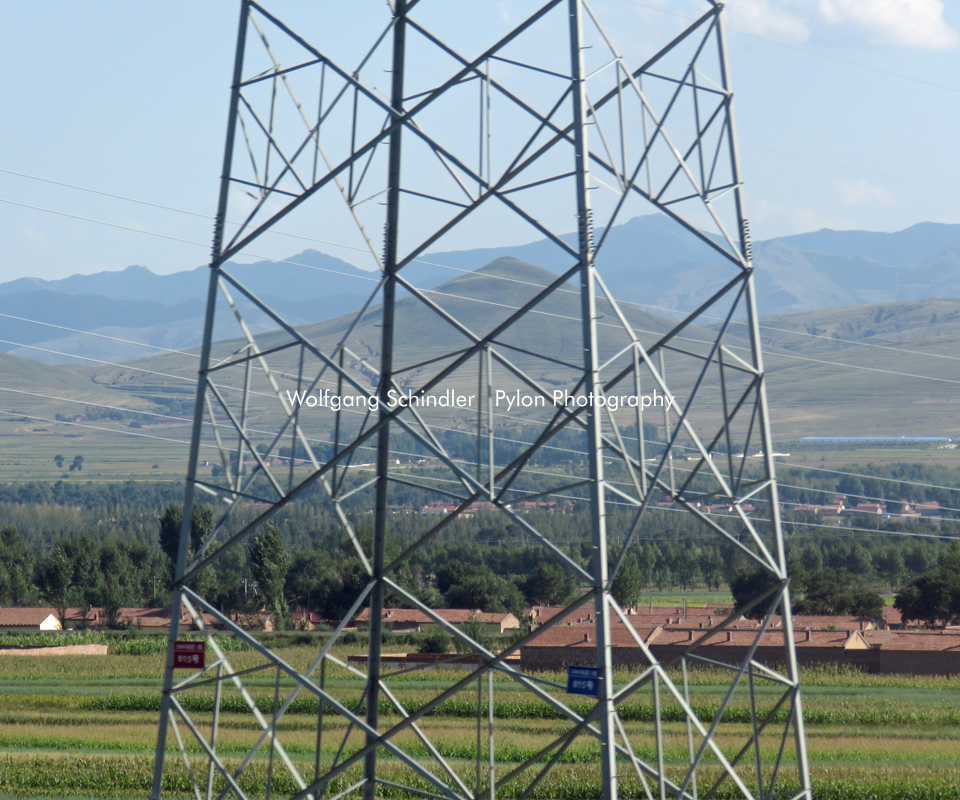
Inner Space Art |
||
Image Copyrighted by Wolfgang Schindler, all rights reserved.
A train passes THROUGH a landscape, the passengers of the train pass BY the landscape: they look out of the windows on the sides of the carriages and do not perceive the landscape as surrounding space, but as an image that shifts horizontally to their own visual axis within the fixed frame of the window. This image is by no means flat like a painting on the wall, but rather a stage set, for it conveys a strong impression of spatial depth through its apparent movement (which is actually the movement of the viewer). When, almost two hundred years ago, tracks began to be laid from place to place for the newly invented steam locomotives, creating a network that would soon span the globe, it could not yet be foreseen how much the new mode of fast travel would also change the experience of seeing. The world was now moving rapidly past us without us contributing anything to this movement and our perspective was constantly changing, while at the same time our own viewpoint became the stationary center at the edge of the now inaccessible section of the landscape. So it was obvious then, as it is now, to want to capture this spectacle with the photo camera, which was invented in the same time as the railway. But what seems simple at first glance turns out to be difficult on closer inspection, because many other technical achievements of the modern age also spread along the ramified railway network: electricity, telegraphy and initially also the automobile found their way into the world along the railway lines. That is why the railway network is lined with roads, fences and pylons of all kinds, including of course the electricity pylons and lines of the now mostly electrified railway itself, which do not allow the viewer a clear view of the landscape behind. The view and thus also the perspective of the camera is obstructed, because the train can only move in its own artificial medium, and therefore the camera repeatedly captures objects that are not perceived as belonging to the landscape, but as disturbing and out of place. I took most of the photographs in this book during a trip on the Trans-Mongolian Railway from Beijing to Irkutsk in September 2017. The landscapes of northern China tempted me to take frequent photographs, but unintentionally I kept getting electricity pylons and other vertical objects in my pictures. However, already on the subsequent journey on the Trans-Siberian Railway towards Moscow, I was as pleased with my random images of motion-blurred and rhythmically recurring power poles as I had been annoyed by them just a week earlier. Back home, I searched through my photographs from previous trips and excursions for the things that had accidentally slipped into them, and additionally selected images showing similar vertical features such as towers, skyscrapers, and wind turbines that I had photographed on purpose. This book is the result of this sifting and collecting, and it should show the inclined viewer that our view of the world's cities and landscapes today is often that of a passenger rather than a wanderer. |
Web page hosting by Eclipse Chasers
